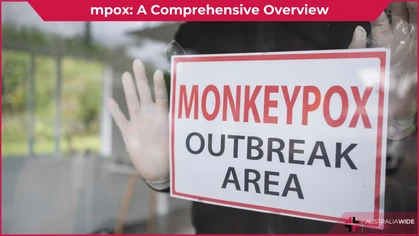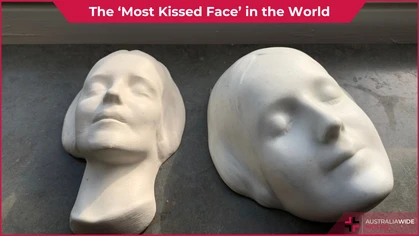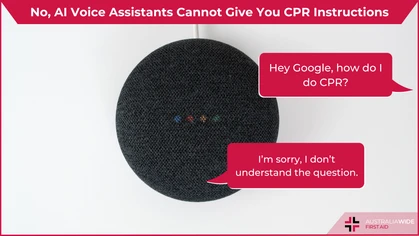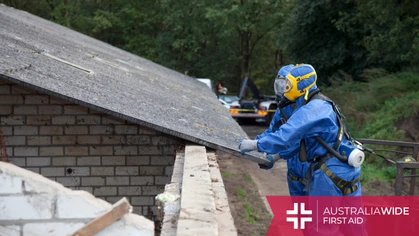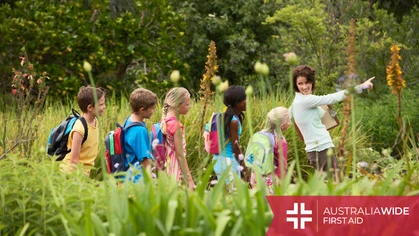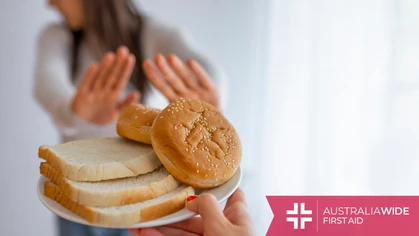The Tetanus Threat: Prevention Tips for Australians

First aid in the news
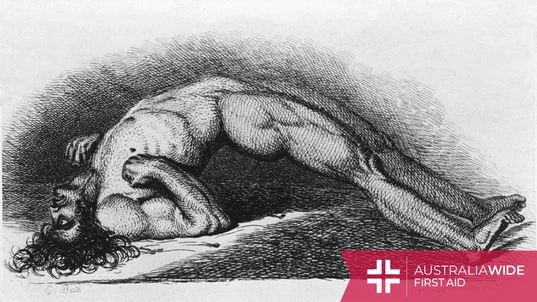
Australia has experienced a recent spike in tetanus, a bacterial infection caused by the bacterium Clostridium tetani. This bacterium can enter the body through open wounds and cause muscle stiffness, muscle spasms, and, in severe cases, death.
At the beginning of April, a Sydney woman died from tetanus in the first recorded fatality in NSW since 1993. There have been two other NSW women who have contracted tetanus this year. Older Australians are being urged to get tetanus boosters, as vaccination is the best protection against it. Tetanus is a serious bacterial infection caused by Clostridium tetani, which produces a powerful toxin that affects the nervous system. The bacteria can enter the body through cuts, wounds, or scratches that are contaminated with the bacteria or its spores. It’s sometimes referred to as lockjaw because one of its most common symptoms is muscle stiffness in the jaw and neck.Symptoms of Tetanus
The symptoms of tetanus usually appear within 3 to 21 days after the infection. The first symptoms include muscle stiffness and spasms, especially in the jaw and neck area, which can make it difficult to open the mouth or swallow. Other early symptoms include fever, headache, and sweating. As it progresses, muscle spasms and stiffness may spread to other parts of the body, including the arms, legs, and abdomen. The muscle spasms can be very painful and can cause difficulty breathing, swallowing, and speaking. In severe cases, tetanus can lead to respiratory failure, cardiac arrest, and death.Causes of Tetanus
Tetanus is caused by a toxin produced by the bacterium Clostridium tetani, which is found in soil, dust, and manure. The bacteria can enter the body through cuts, puncture wounds, or other breaks in the skin. The spores can survive in the environment for years, and the bacteria can multiply and produce the toxin under certain conditions, such as when they are in contact with damaged tissue or a lack of oxygen. All three tetanus cases this year have stemmed from contaminated garden soil entering the women’s legs via a minor wound.Complications of Tetanus
Tetanus can lead to several complications, including respiratory failure, cardiac arrest, and death. Muscle spasms can be so severe that they can cause fractures, dislocations, or tears in the muscles or ligaments. The prolonged muscle spasms can also lead to muscle damage and inflammation, which can cause pain and stiffness. In some cases, the disease can cause autonomic nervous system dysfunction, which can lead to fluctuations in blood pressure, irregular heartbeat, and excessive sweating. In rare cases, tetanus can also lead to a form of encephalitis, which is inflammation of the brain.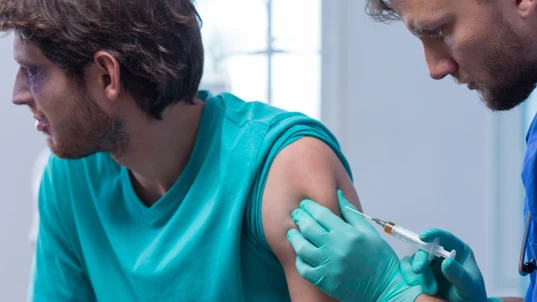
As there is no cure for tetanus, receiving the tetanus vaccine and practising good wound care are vital for preventing health complications from this disease.
Managing and Preventing Tetanus
There is no cure for tetanus, and treatment focuses on managing the symptoms and preventing complications. The mainstay of treatment is the administration of antitoxin, which neutralises the toxin produced by the bacteria. The antitoxin is usually given intravenously or injected into the muscle. In addition to antitoxin, people with tetanus may also receive muscle relaxants or sedatives to help control muscle spasms and reduce pain. Antibiotics can also be given to kill the bacteria, although they are not effective in neutralising the toxin. People with severe tetanus may require mechanical ventilation to help with breathing. Prevention of tetanus is based on vaccination and wound care. The tetanus vaccine is typically given as part of the routine childhood vaccination schedule and consists of a series of five doses given over several years. Booster shots are recommended every 10 years to maintain immunity. Wound care is also an important aspect of tetanus prevention. Any wounds, especially deep or dirty wounds, should be thoroughly cleaned and disinfected to prevent infection. If there is a risk of tetanus, such as from a puncture wound, a tetanus booster shot may be recommended.Final Thoughts
In conclusion, tetanus is a serious bacterial infection that affects the nervous system and can be life-threatening. It is caused by the bacterium Clostridium tetani and can enter the body through cuts or wounds. Symptoms include muscle stiffness, spasms, and pain, especially in the jaw and neck area. Complications of tetanus include respiratory failure, cardiac arrest, and death. You can attend one of our general or childcare first aid courses to proactively manage your wellbeing. We have training locations in every state, capital city, and major town throughout Australia.
Originally published at
https://www.australiawidefirstaid.com.au/resources/tetanus-australia
as part of the Australia Wide First Aid Articles Library


